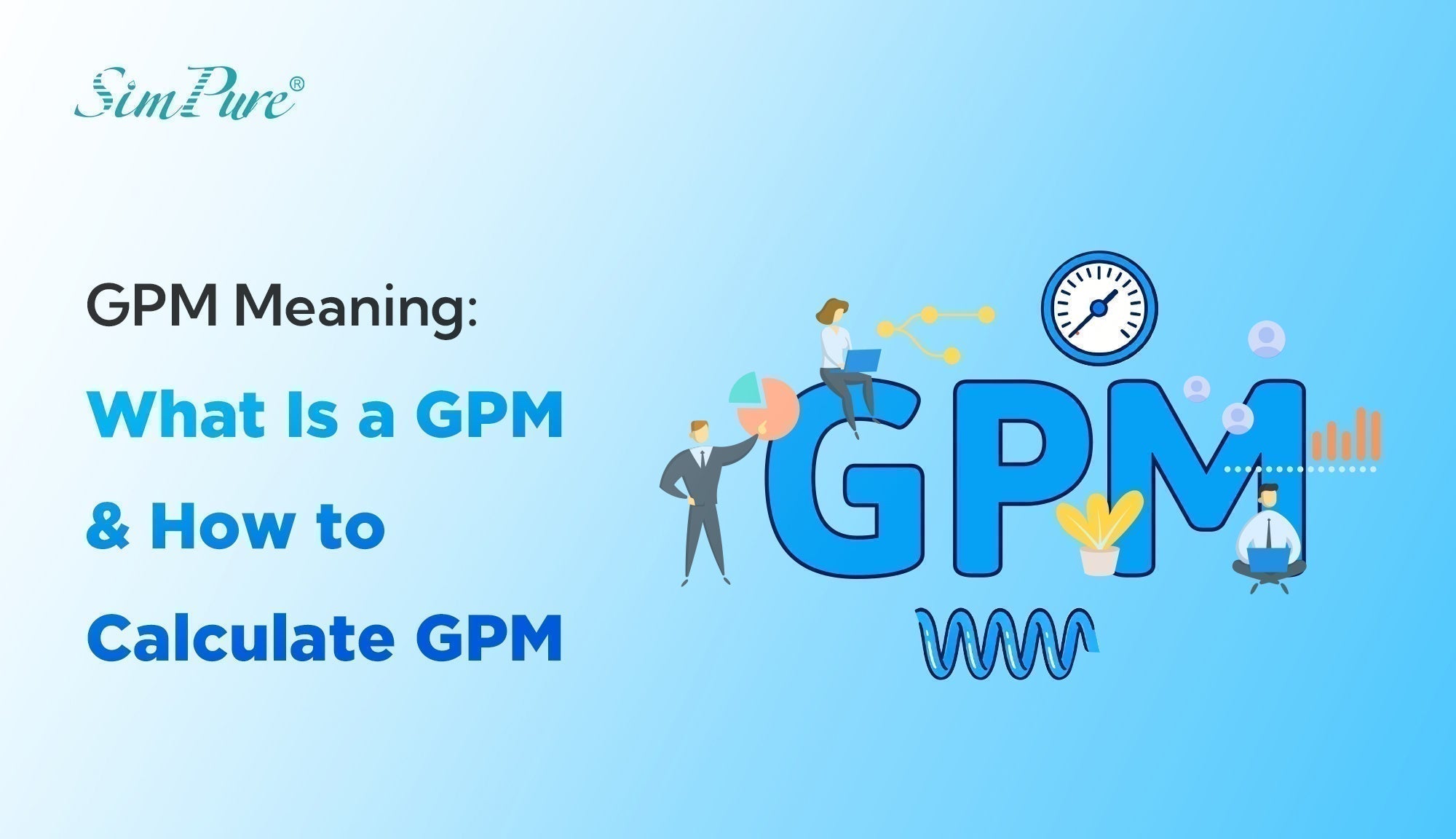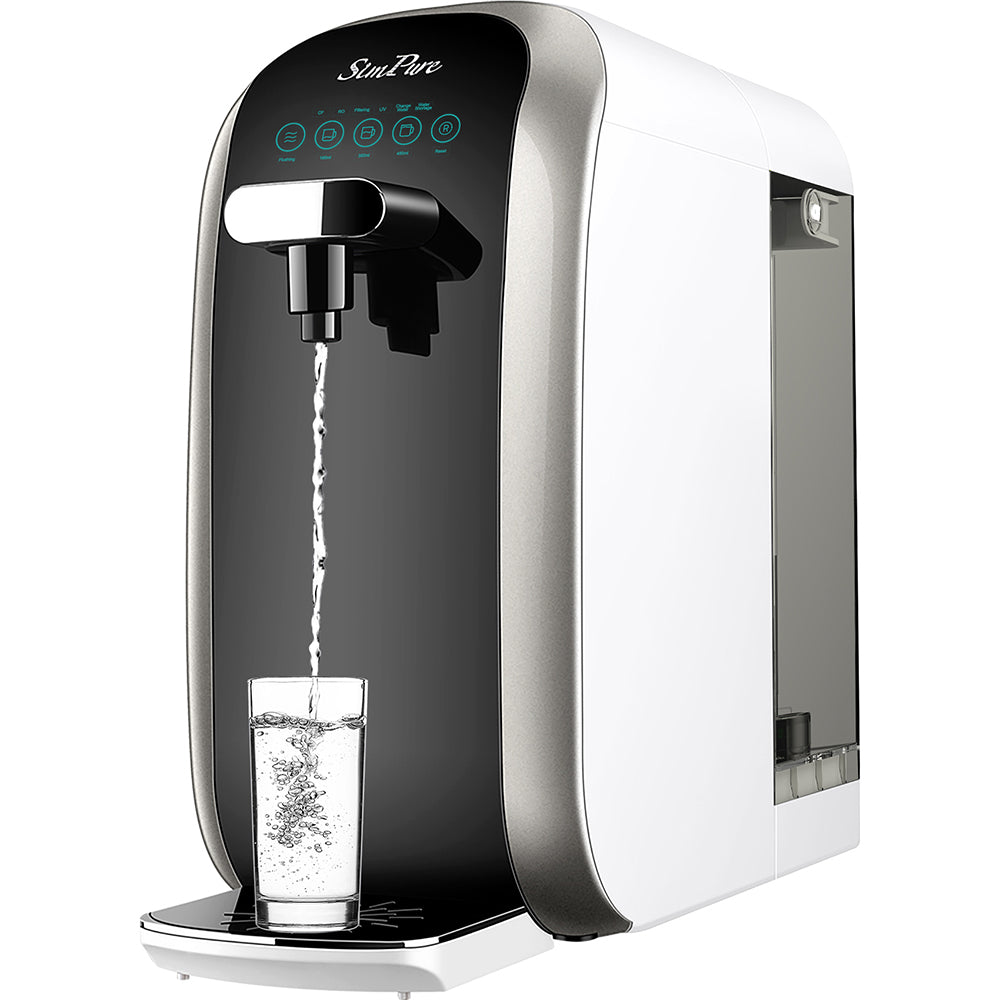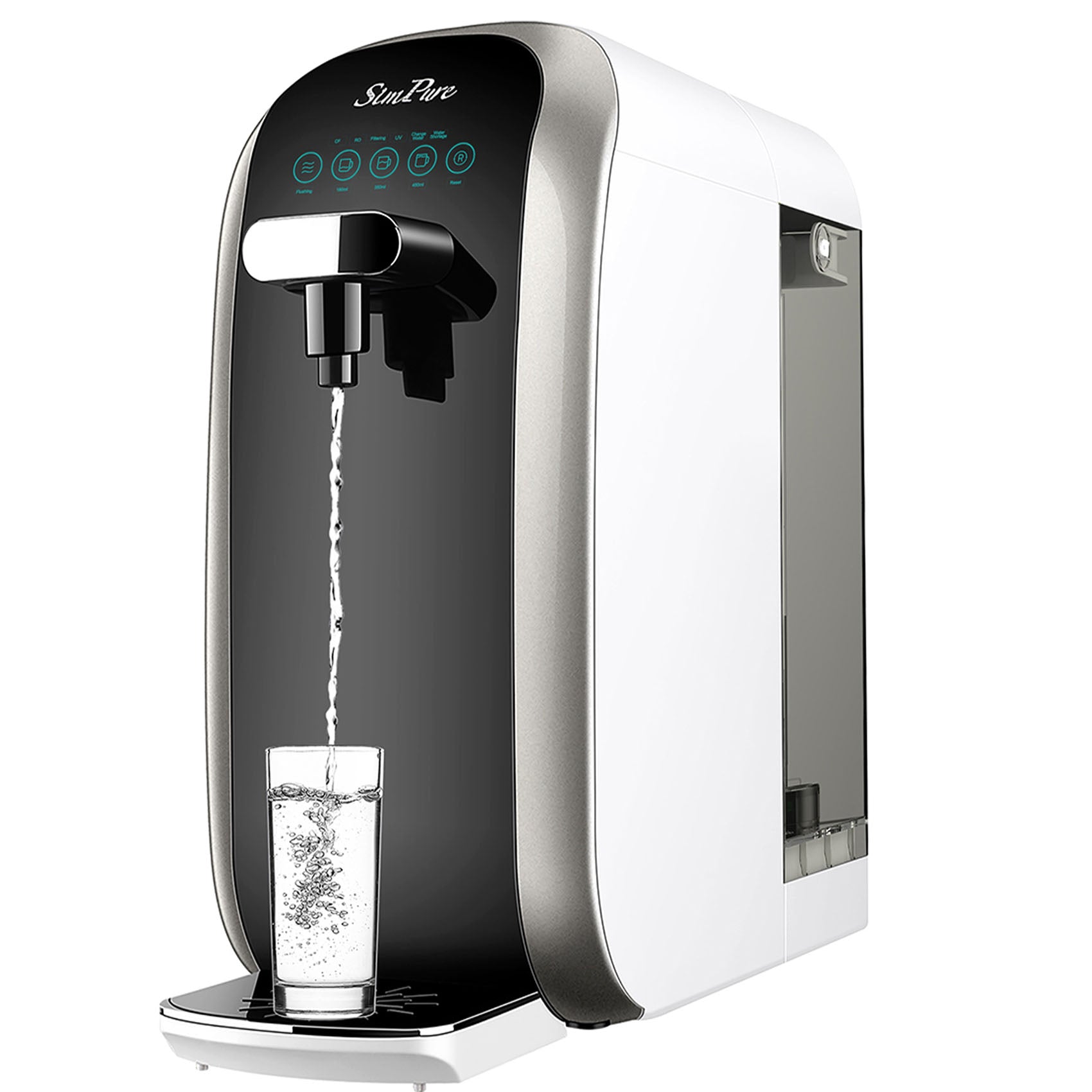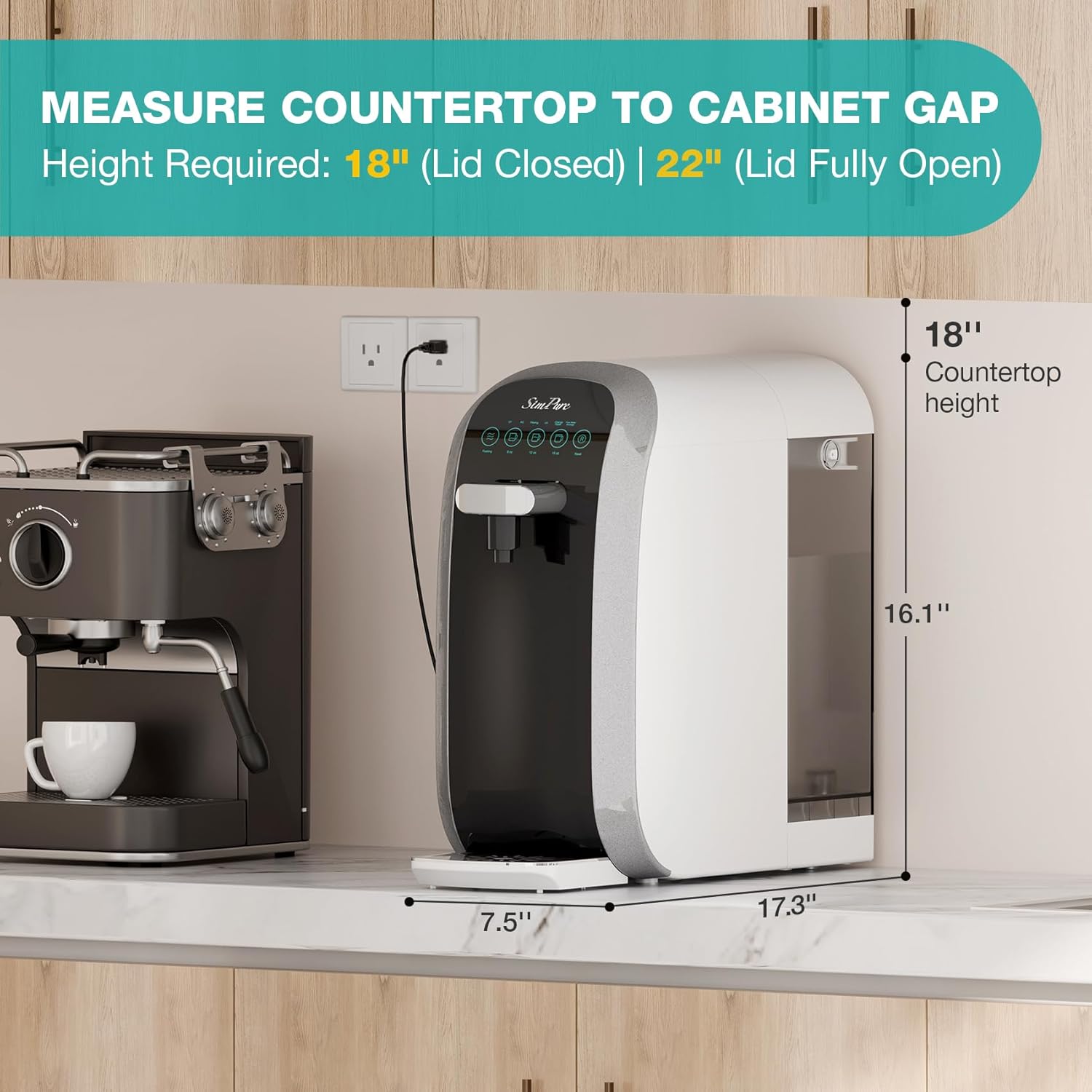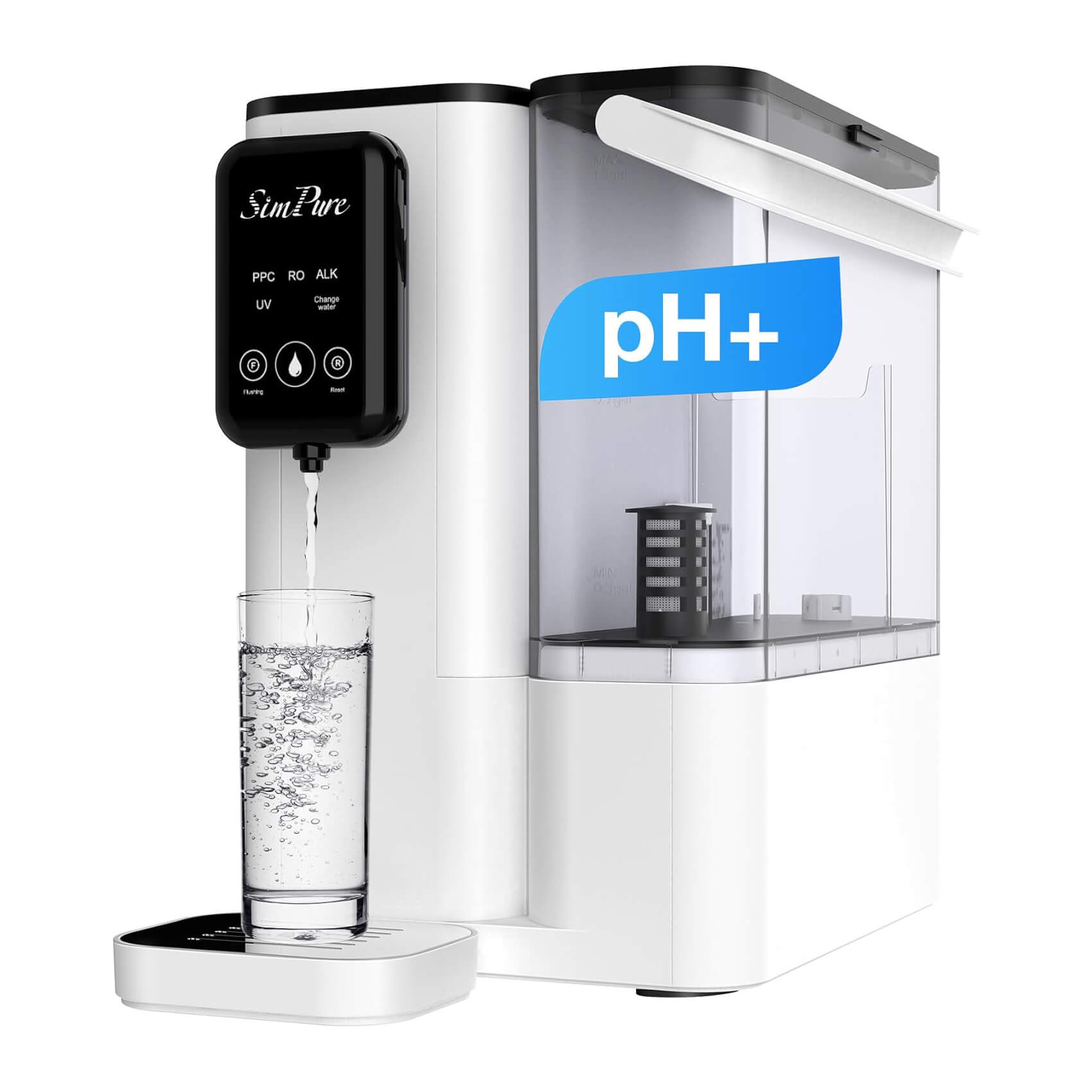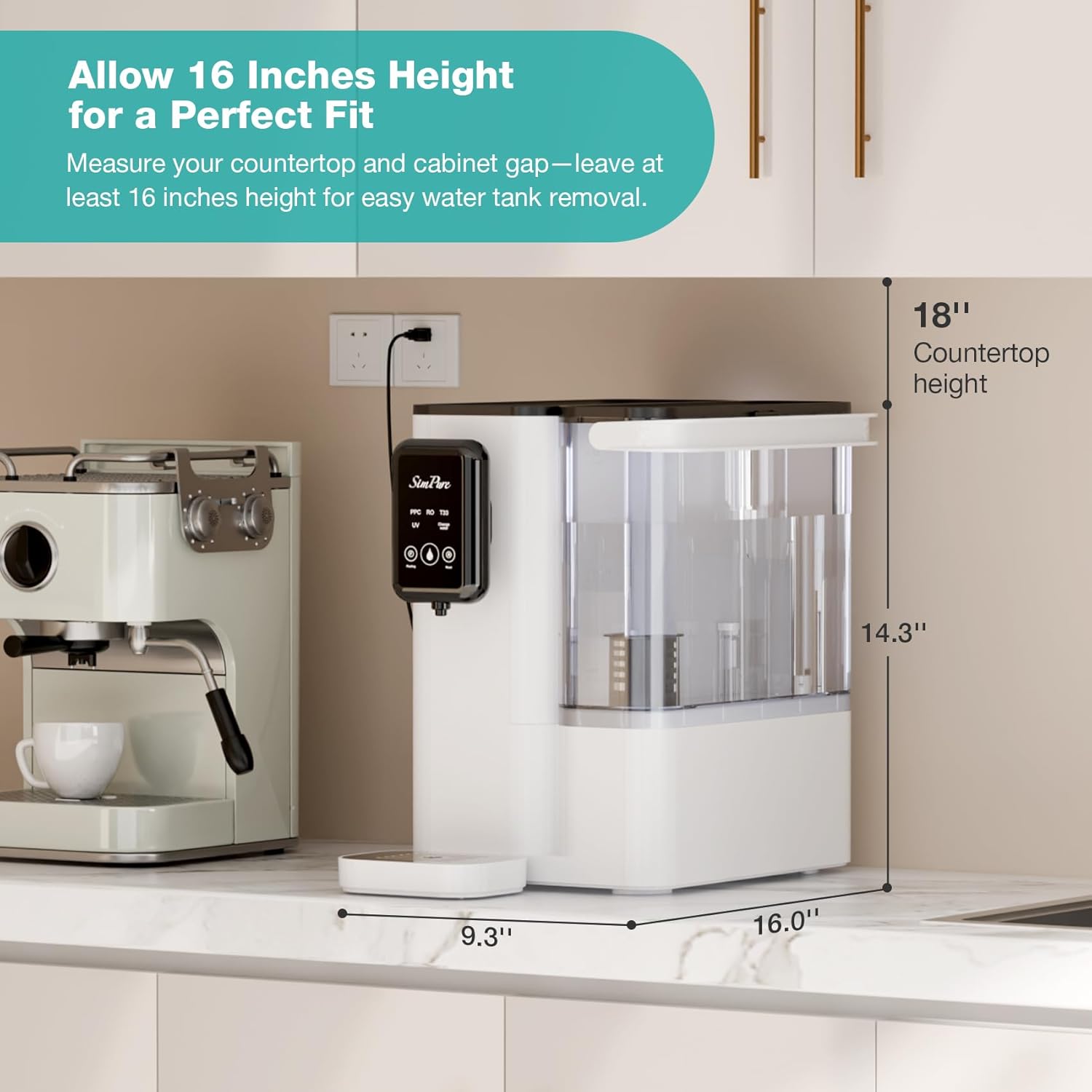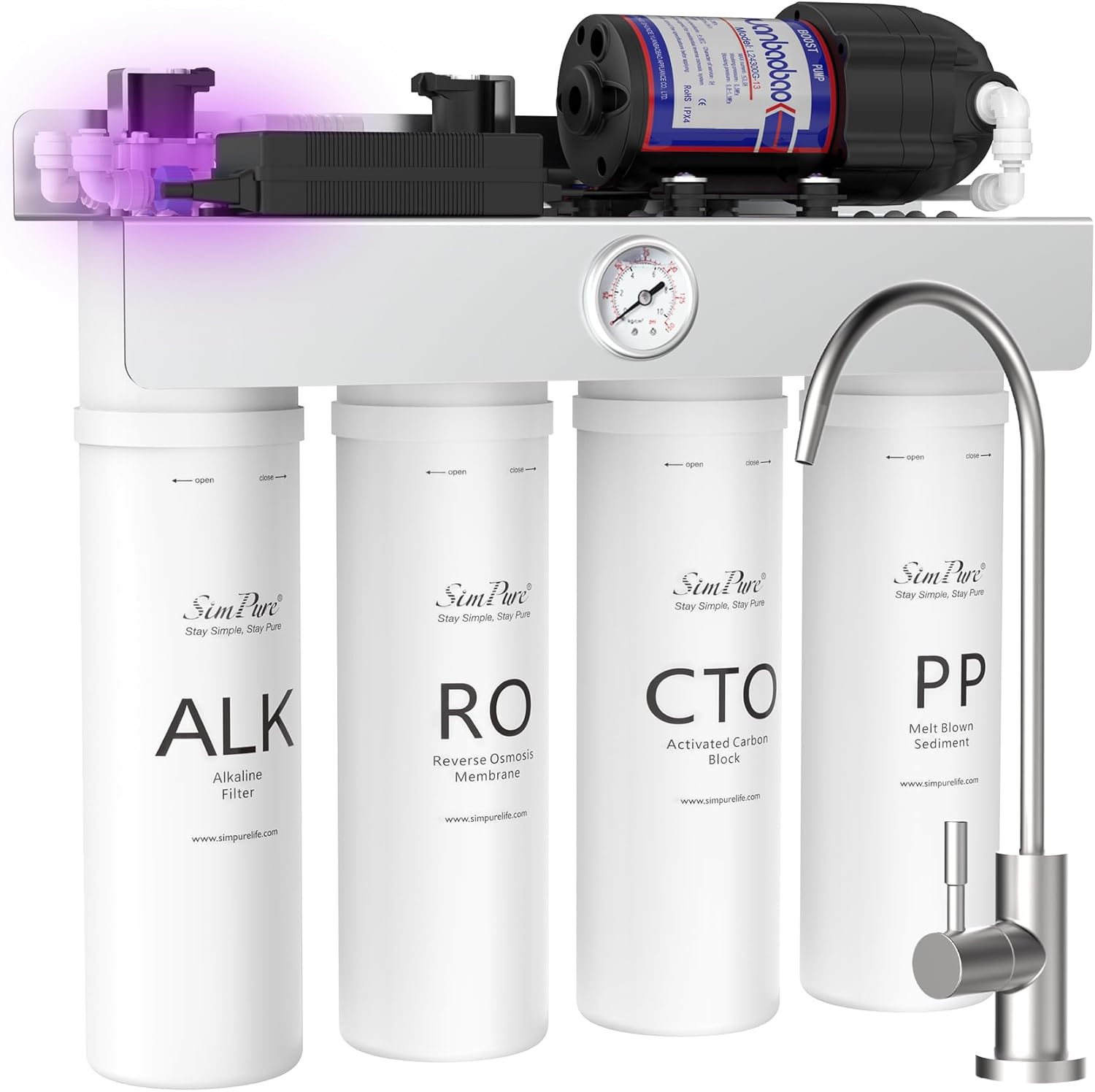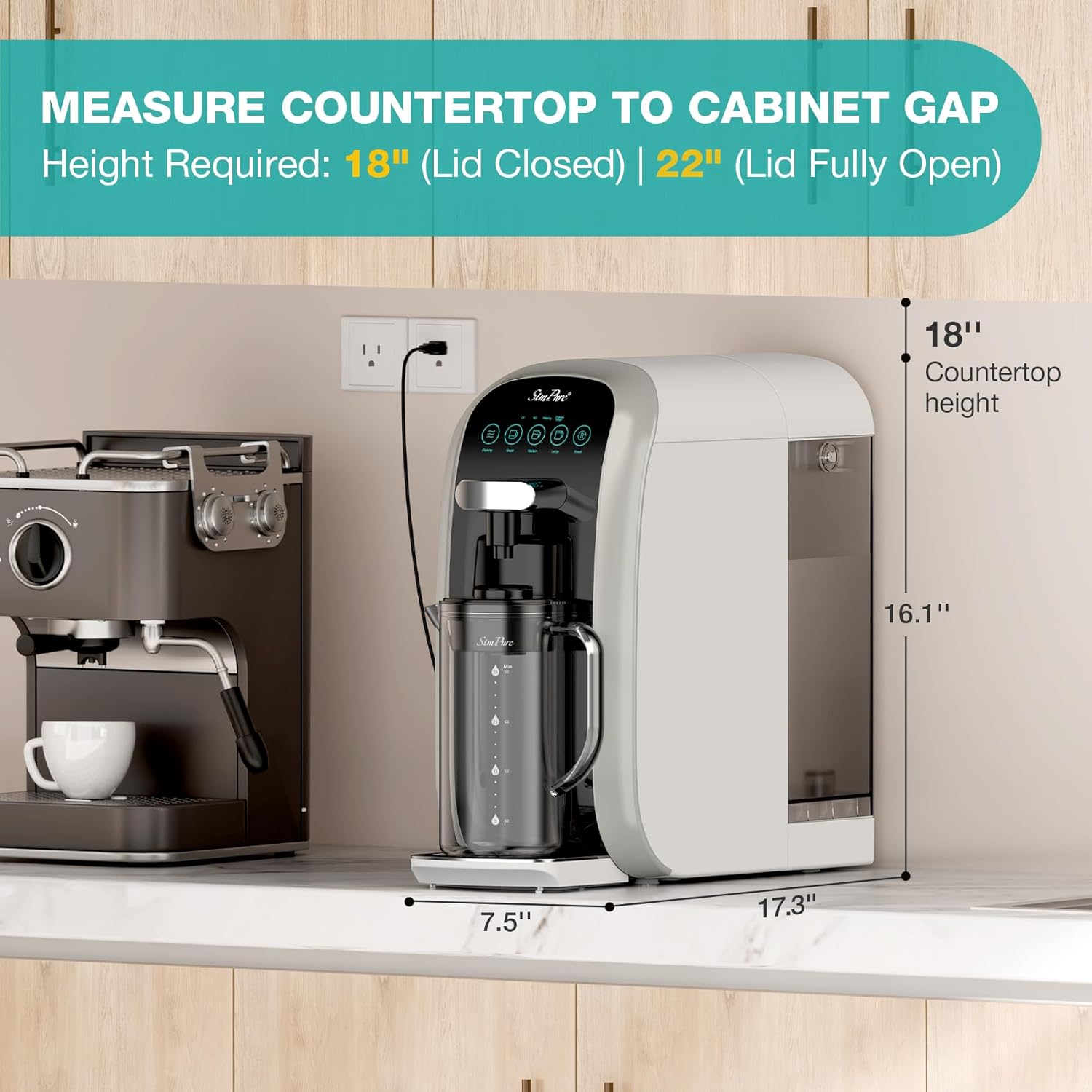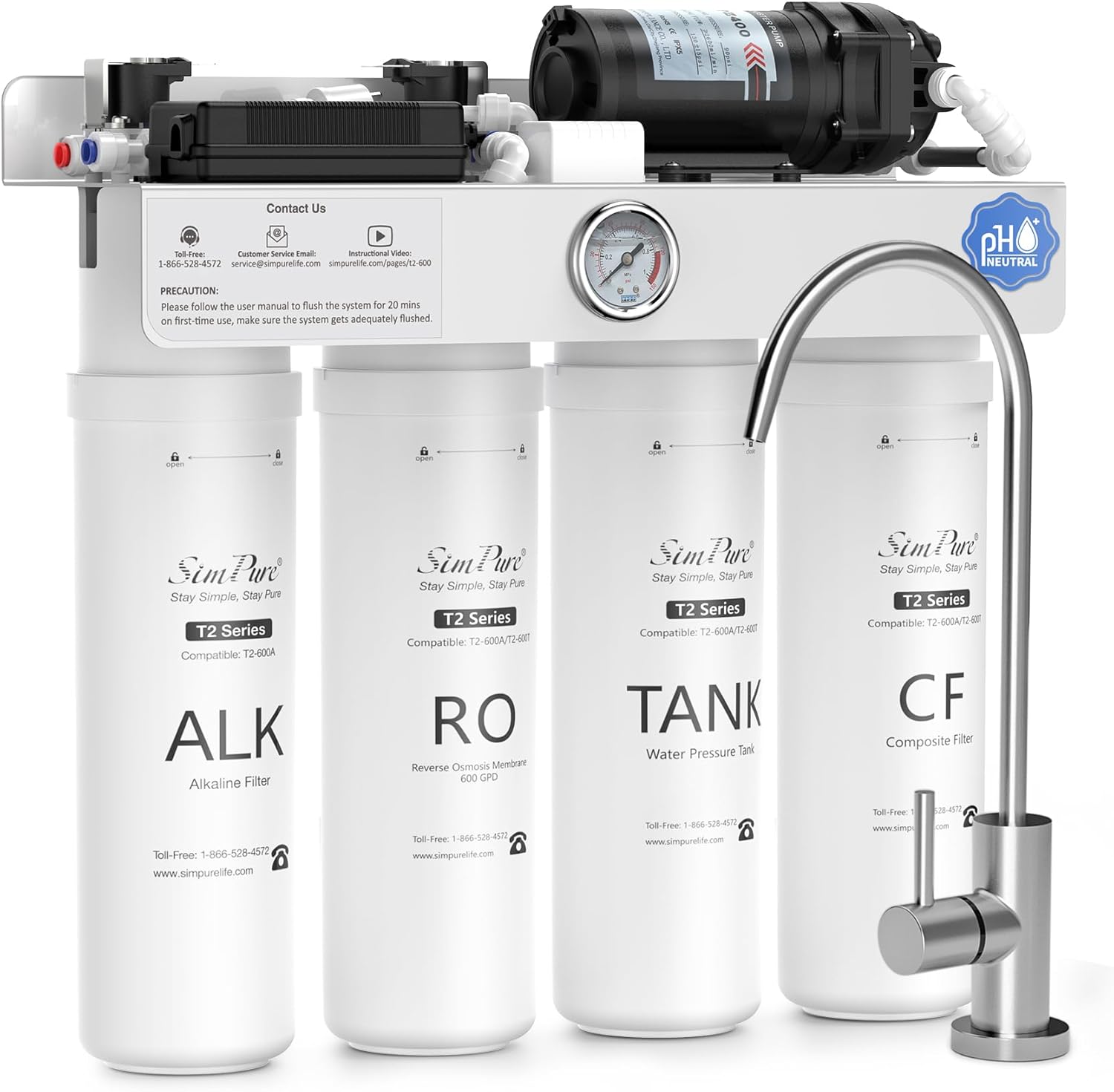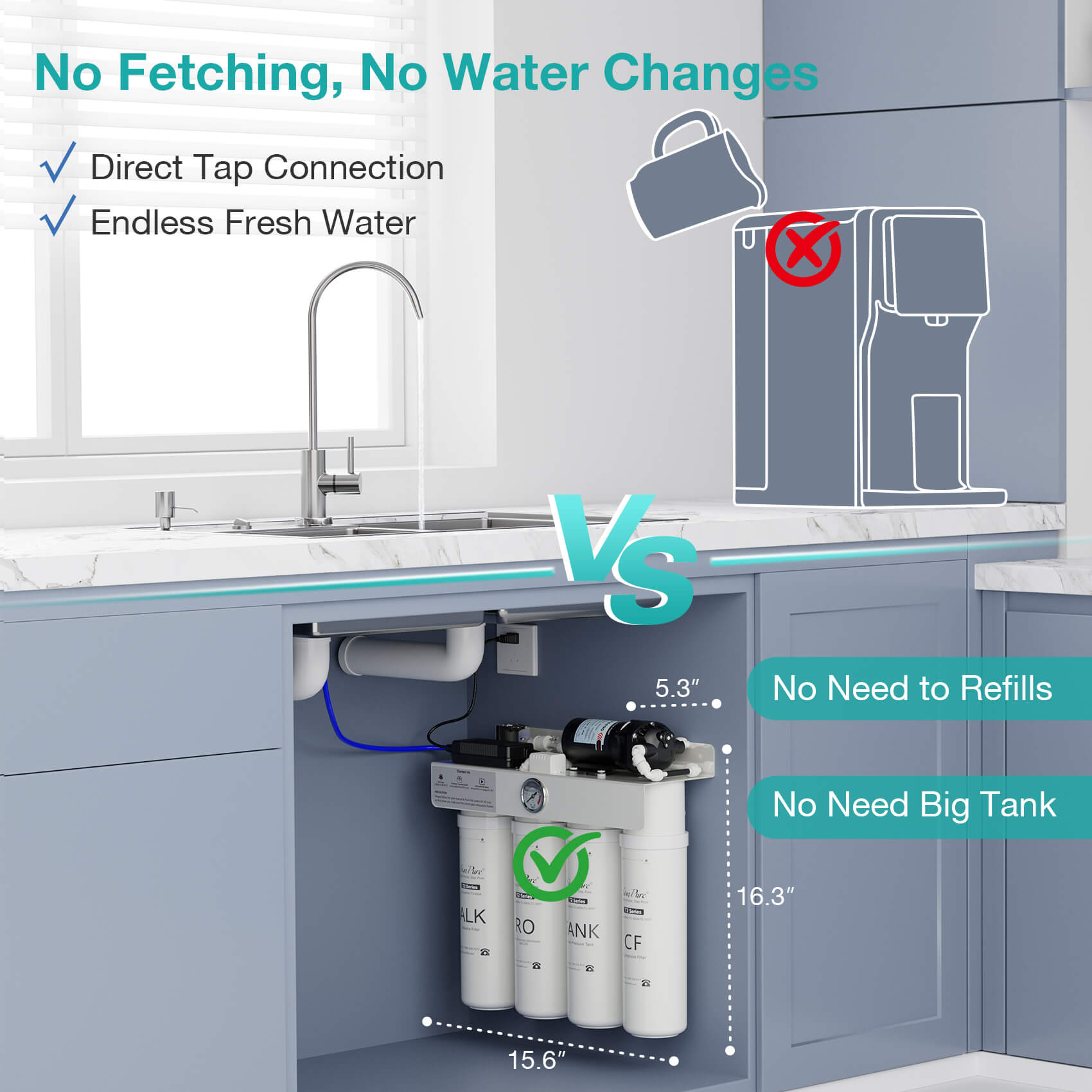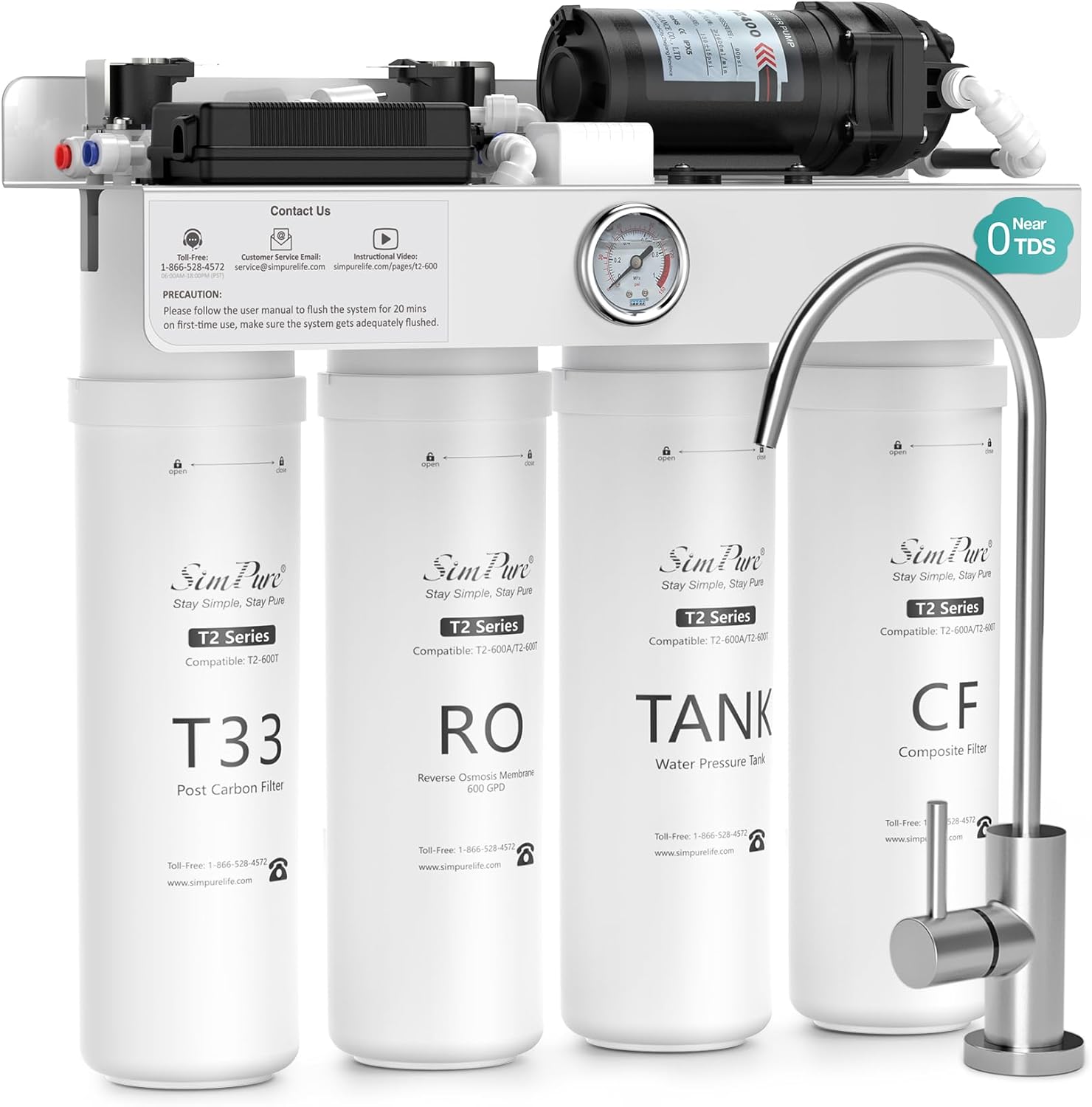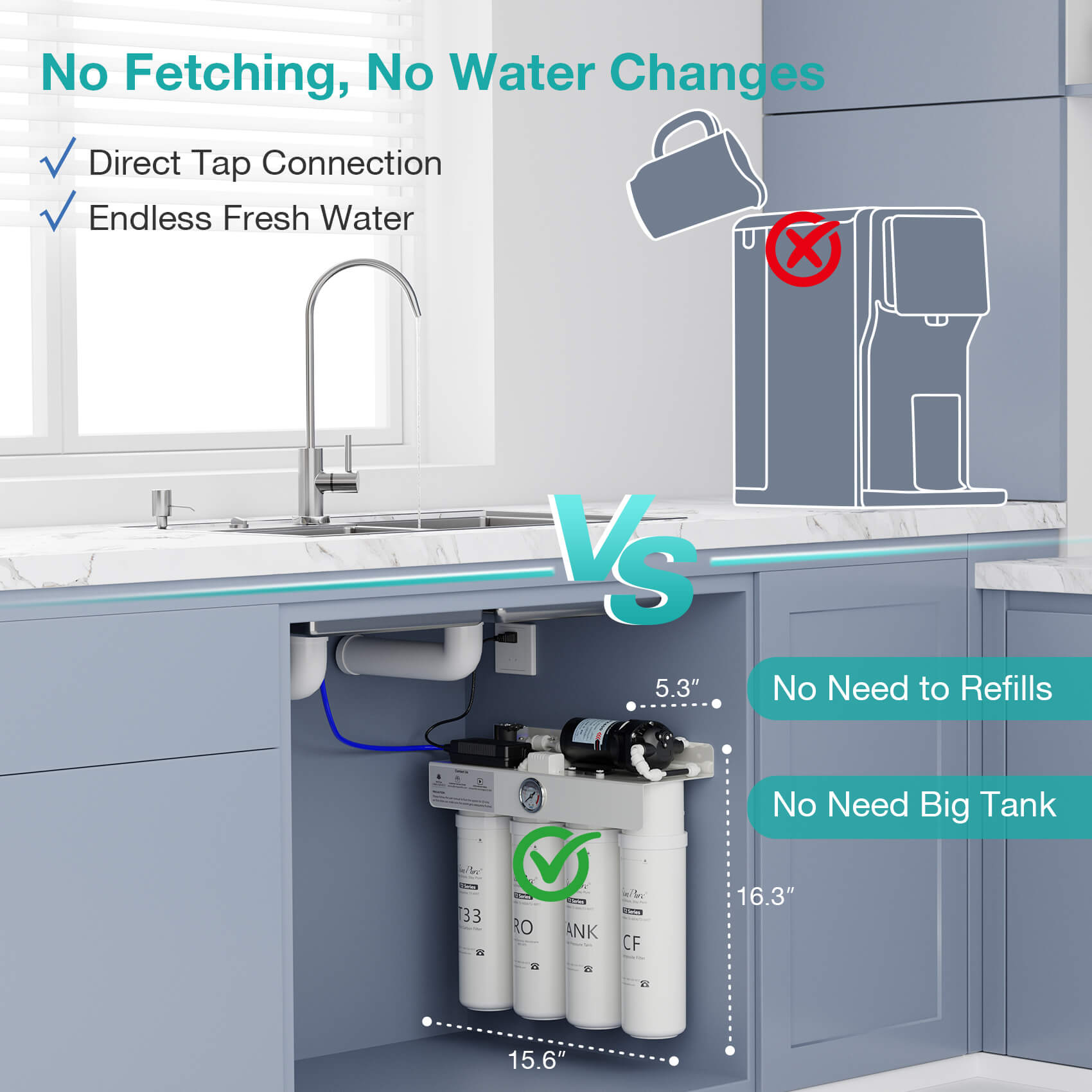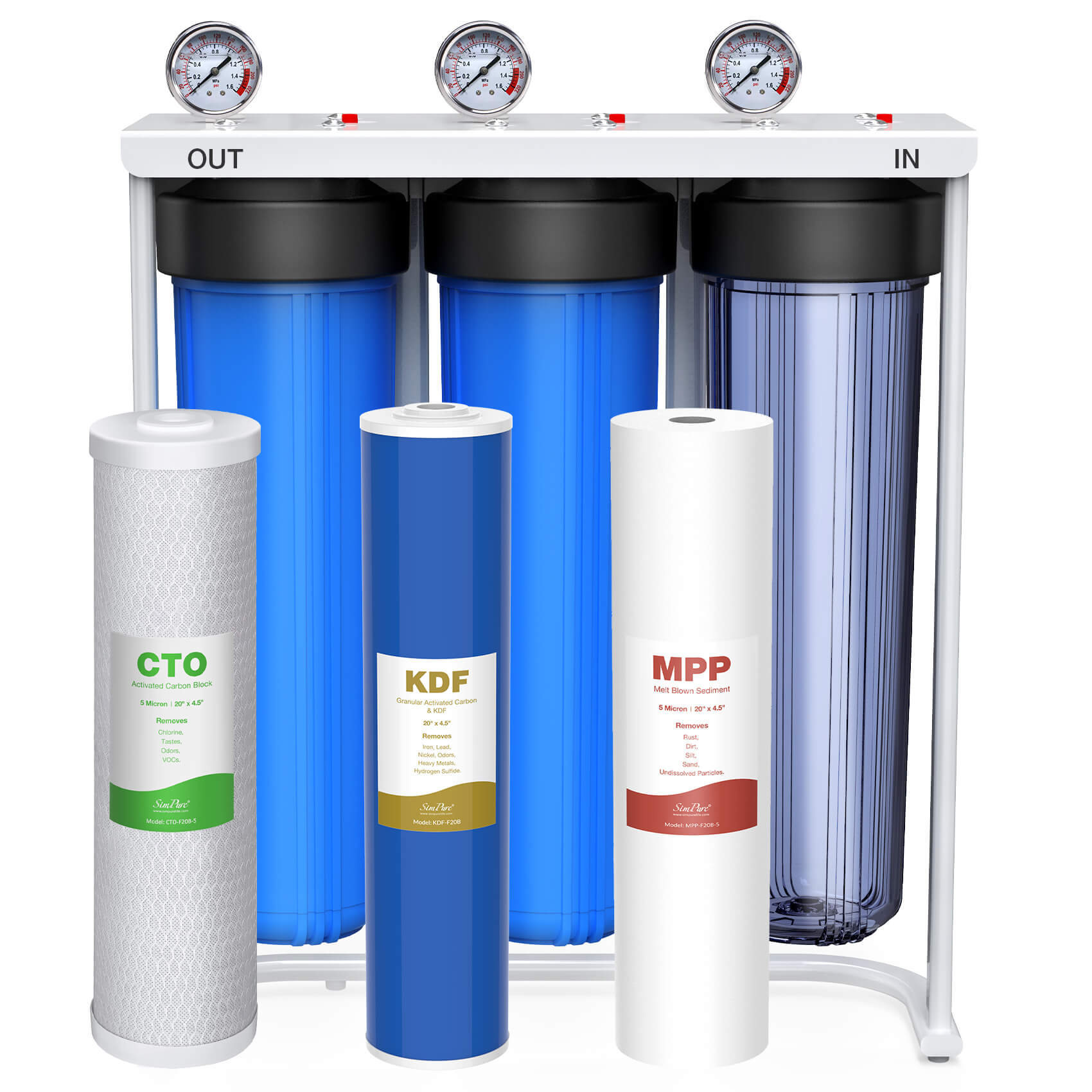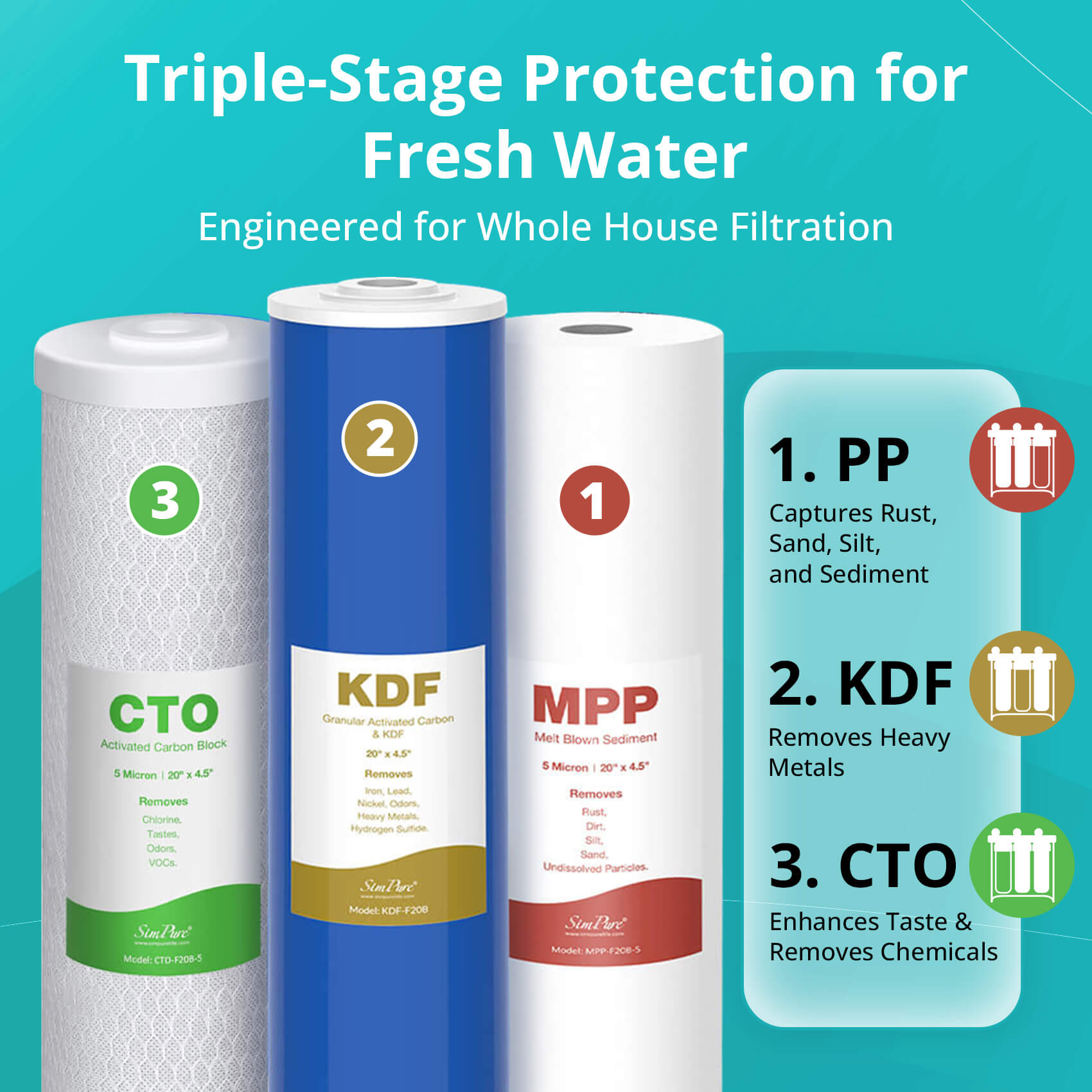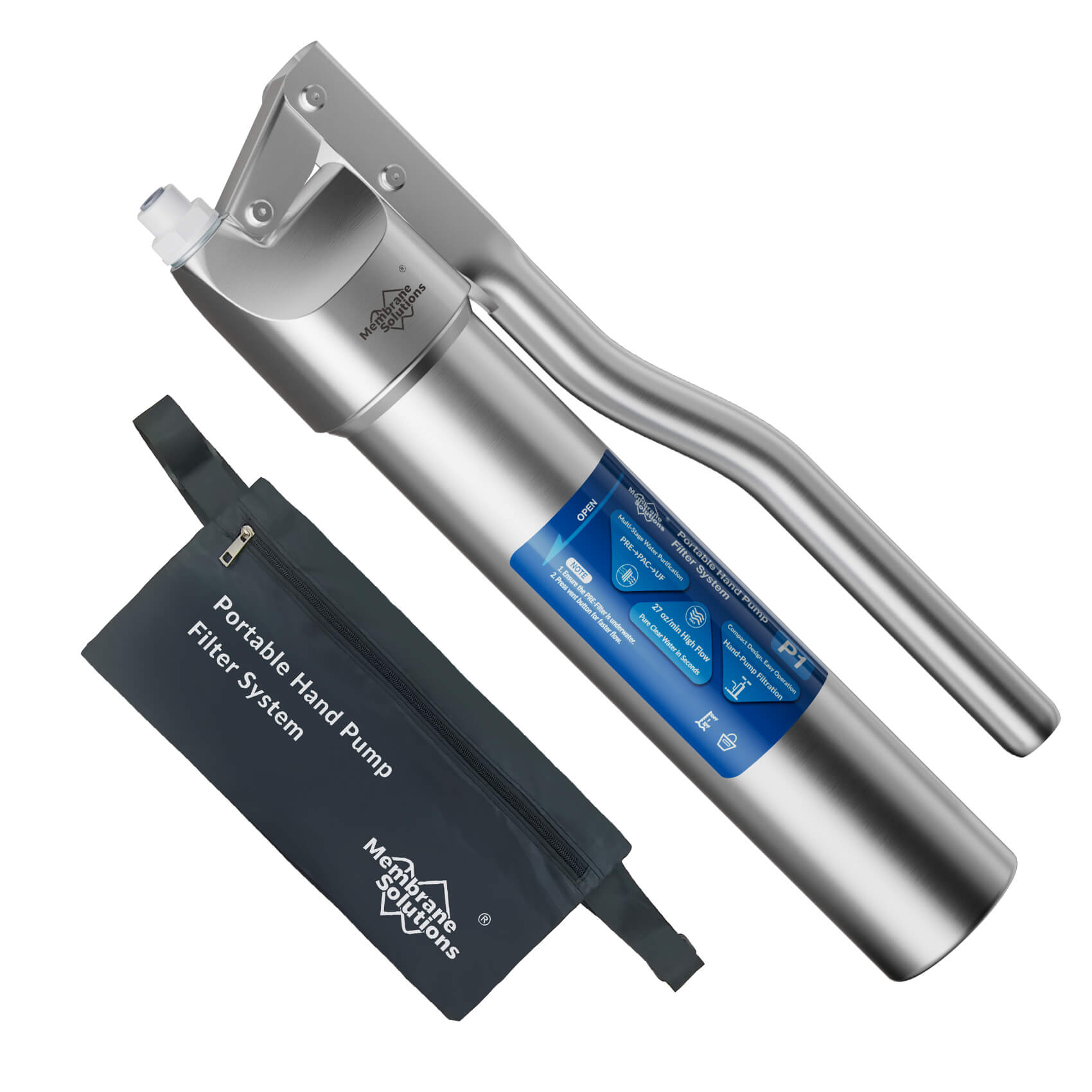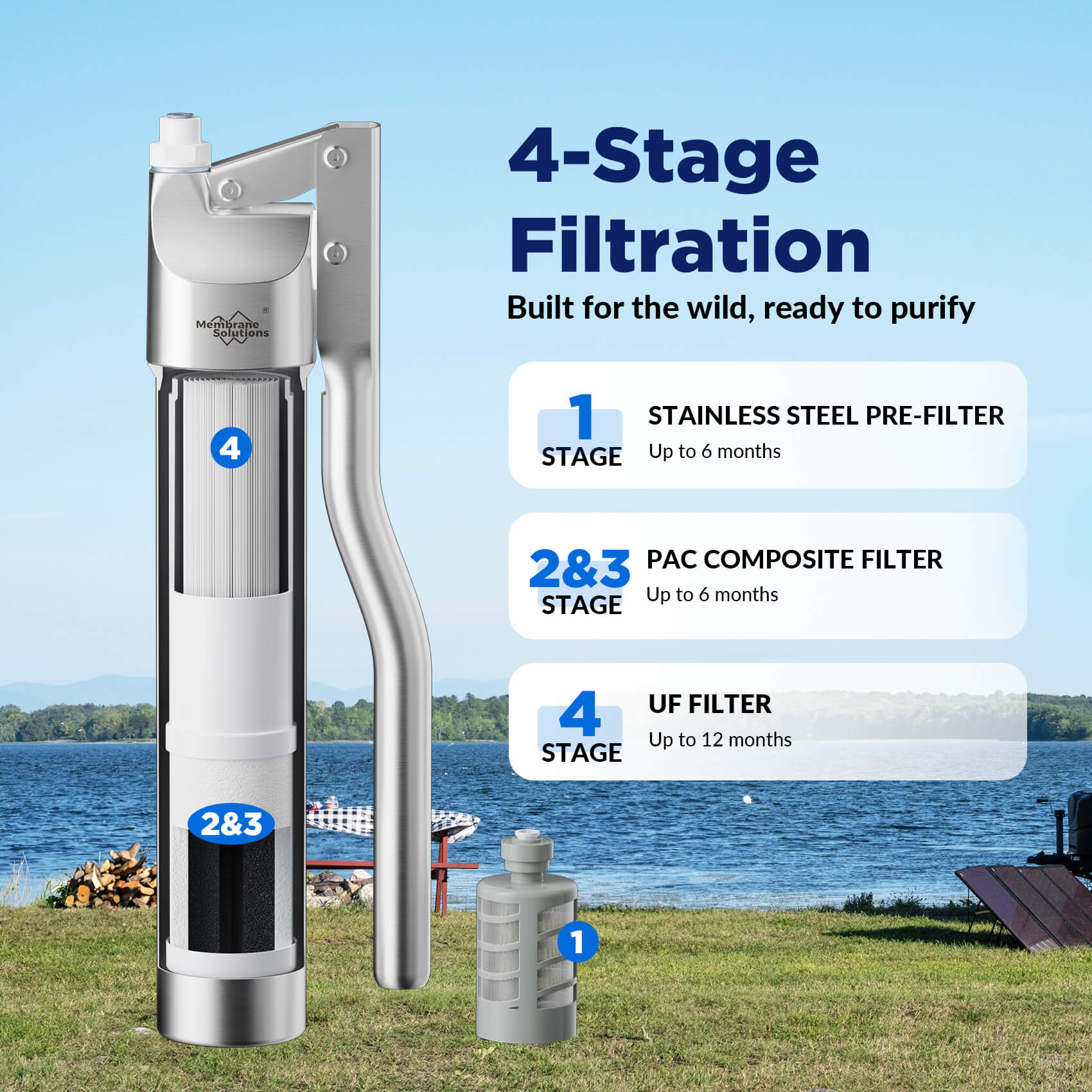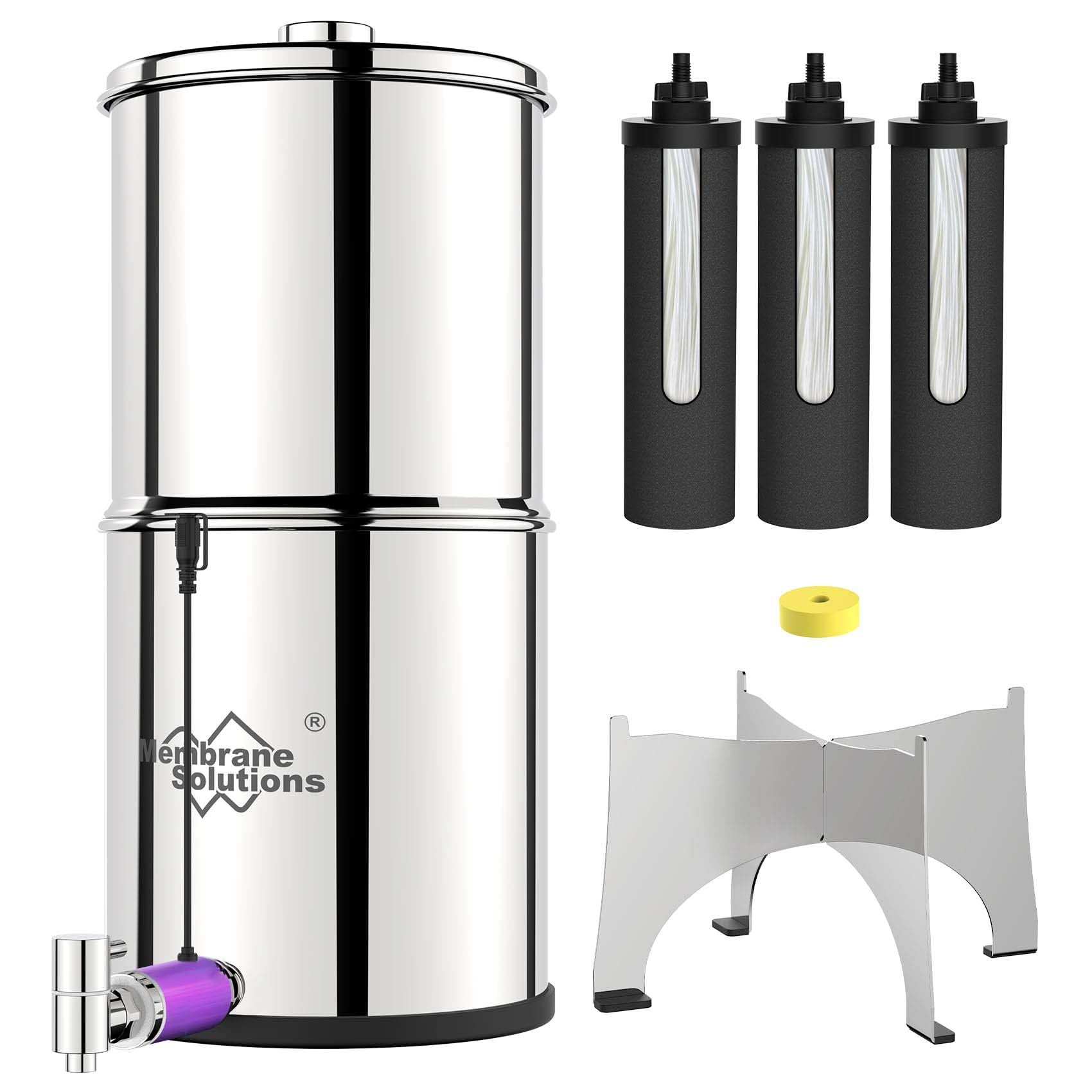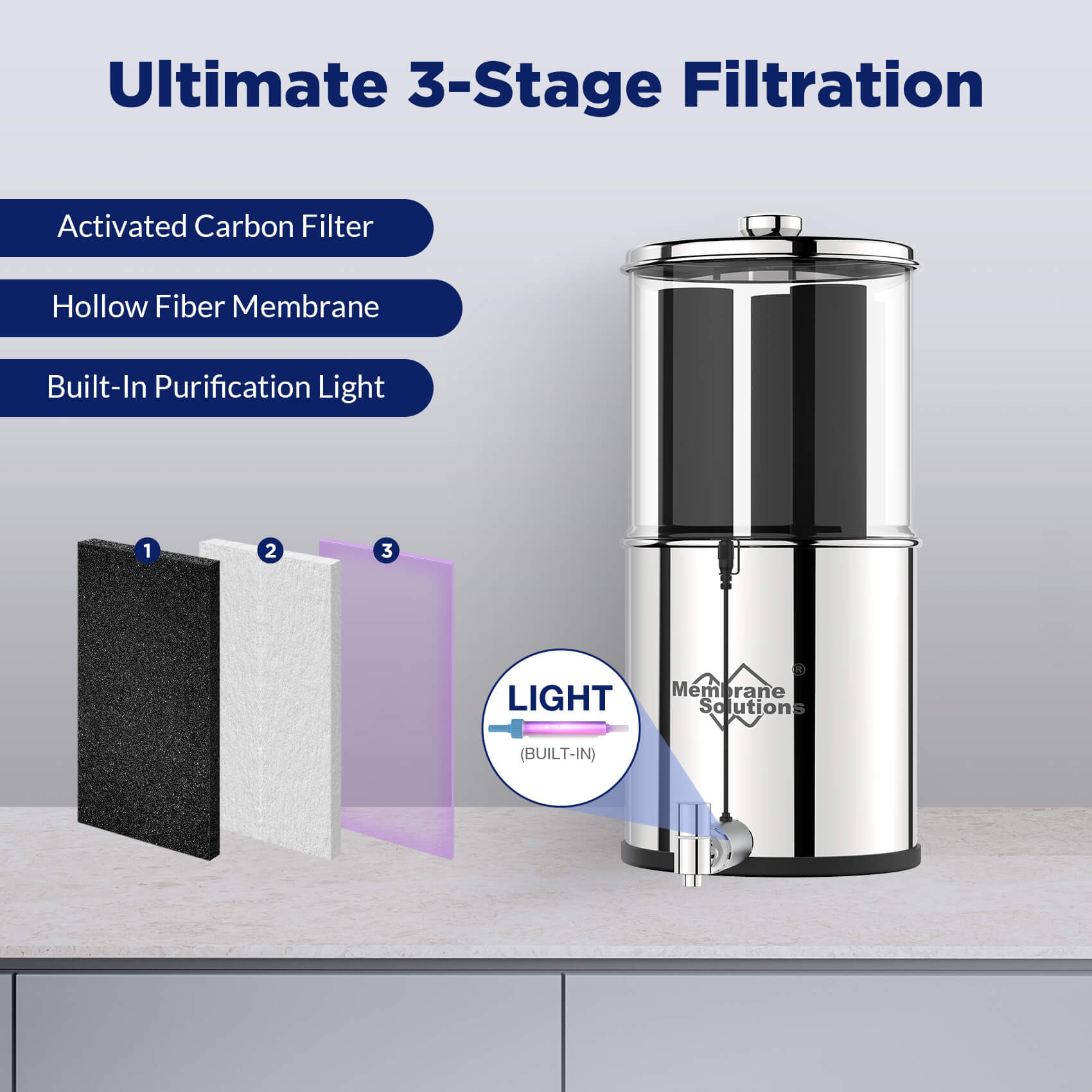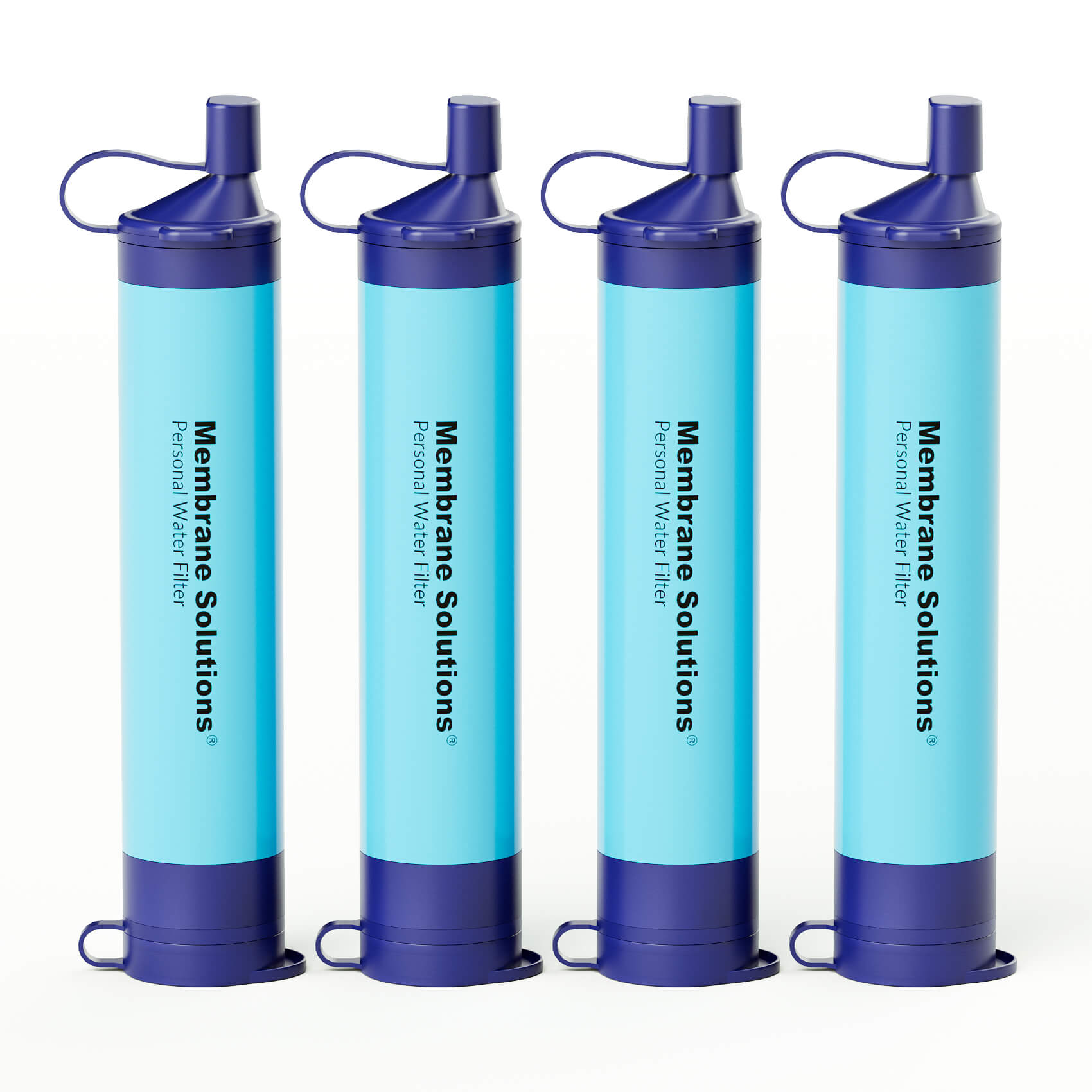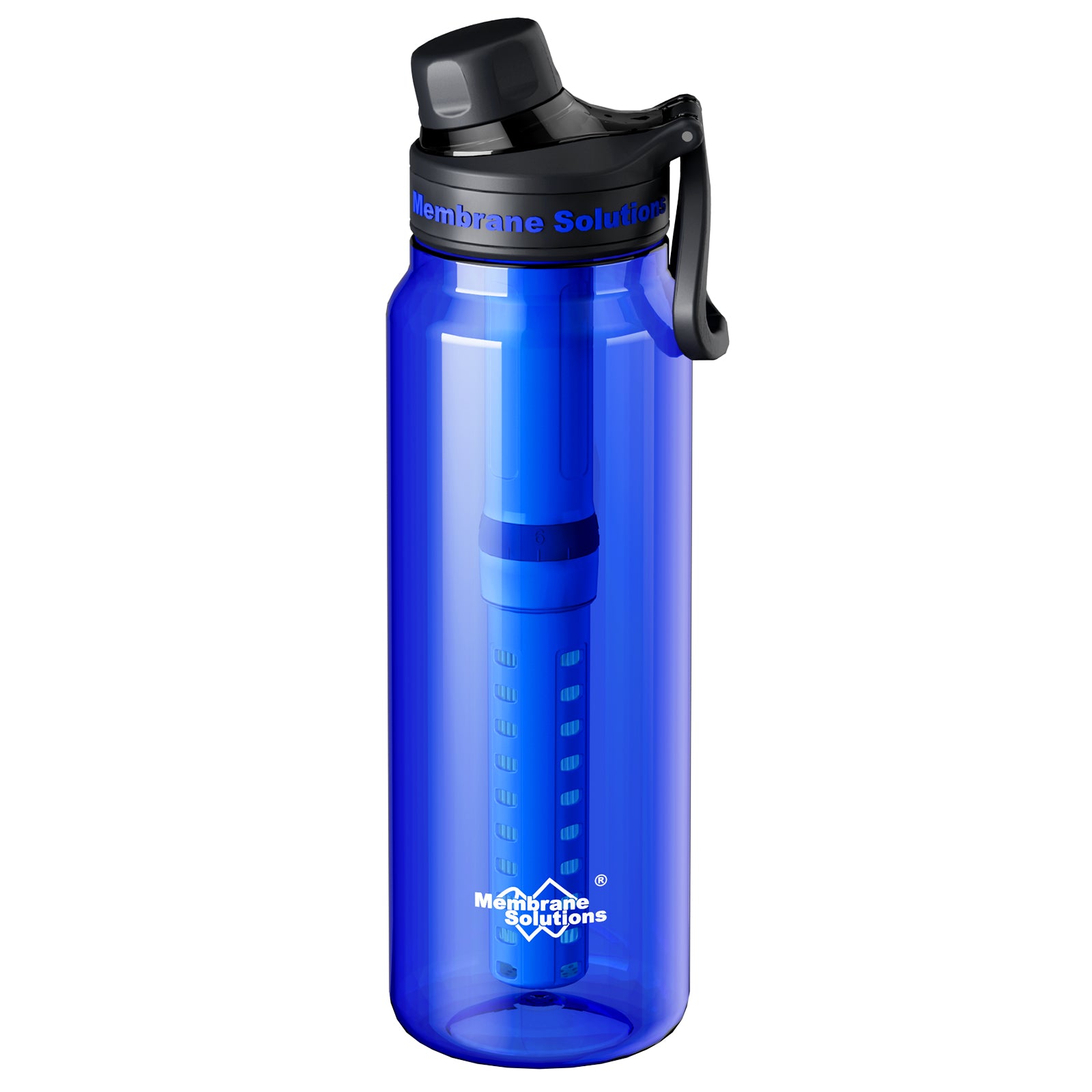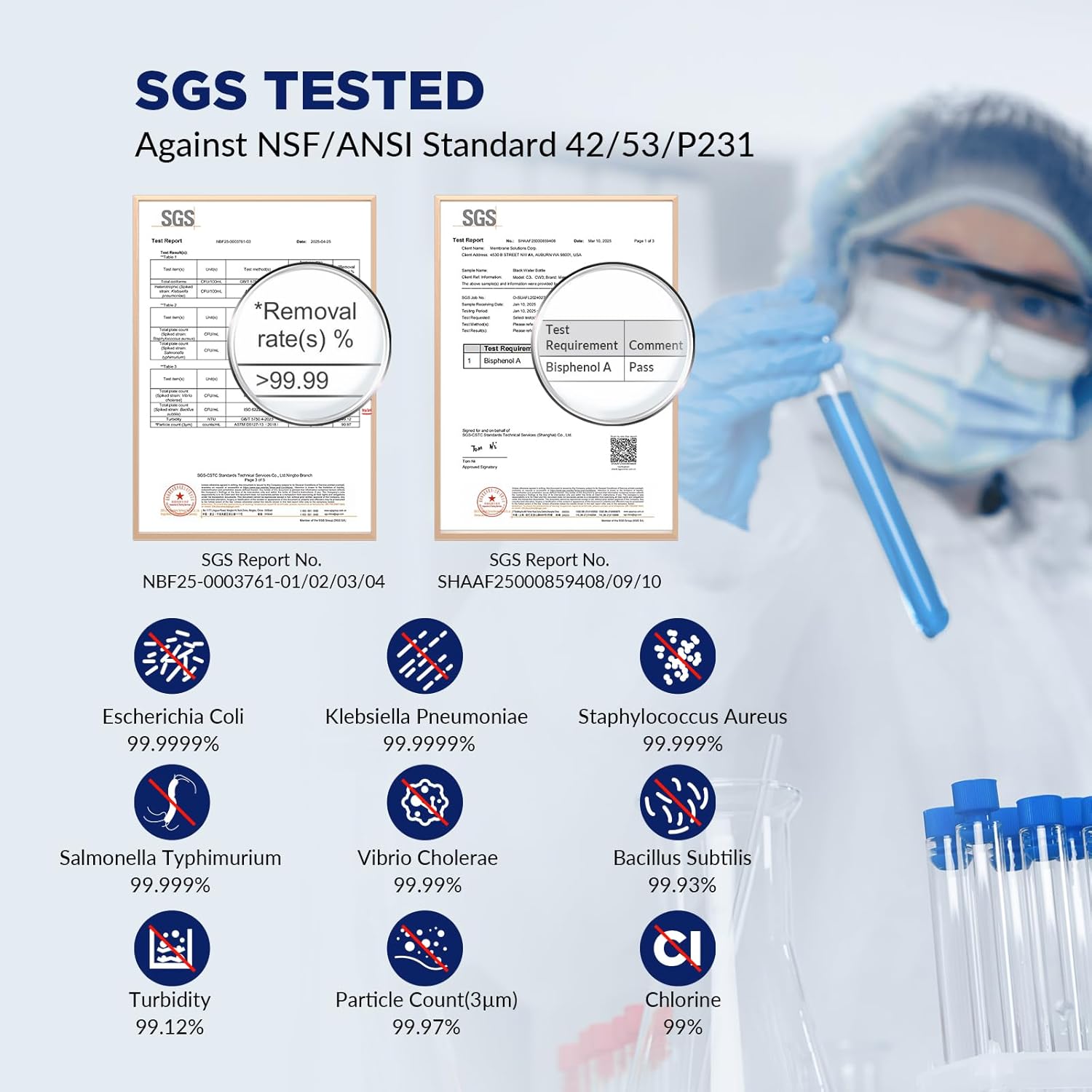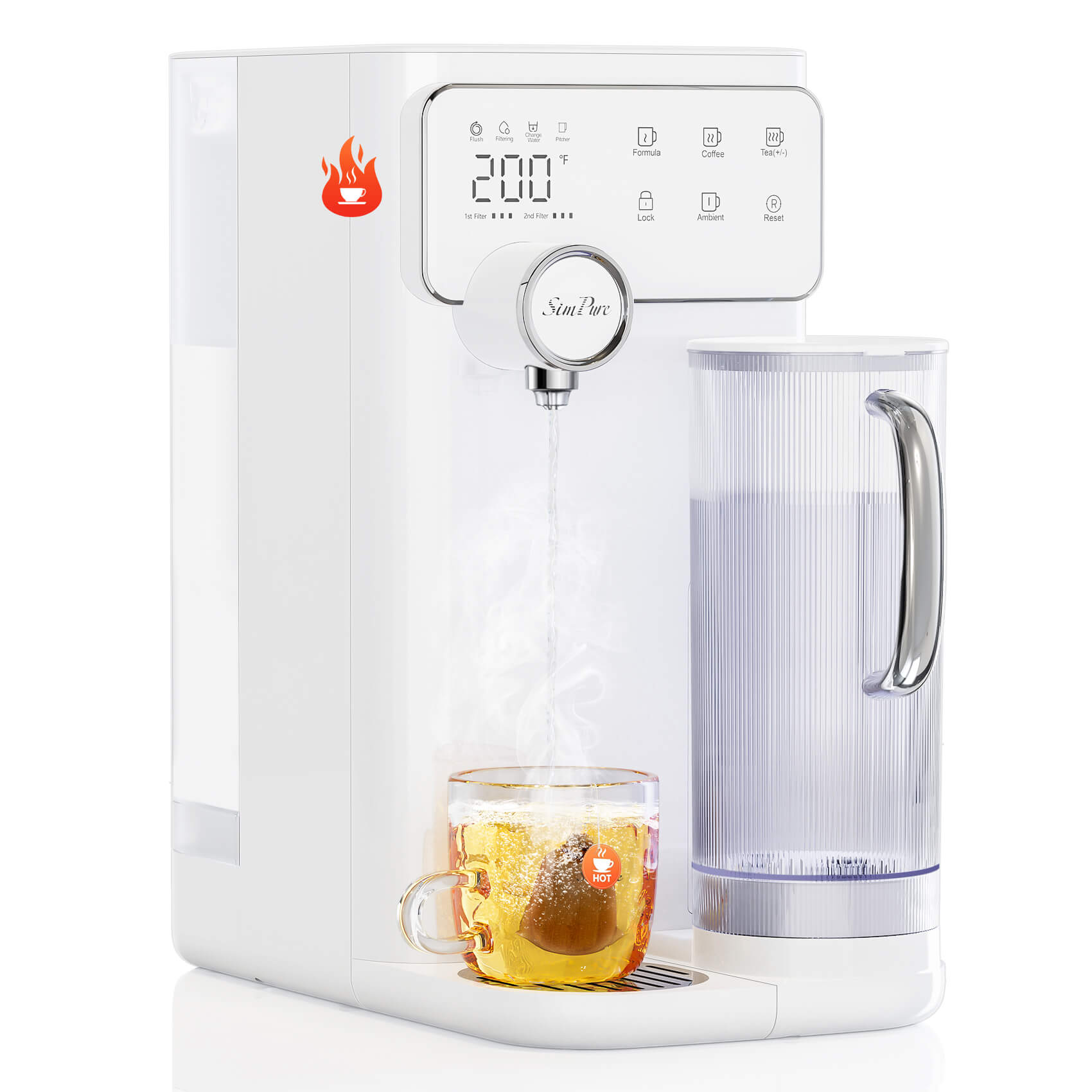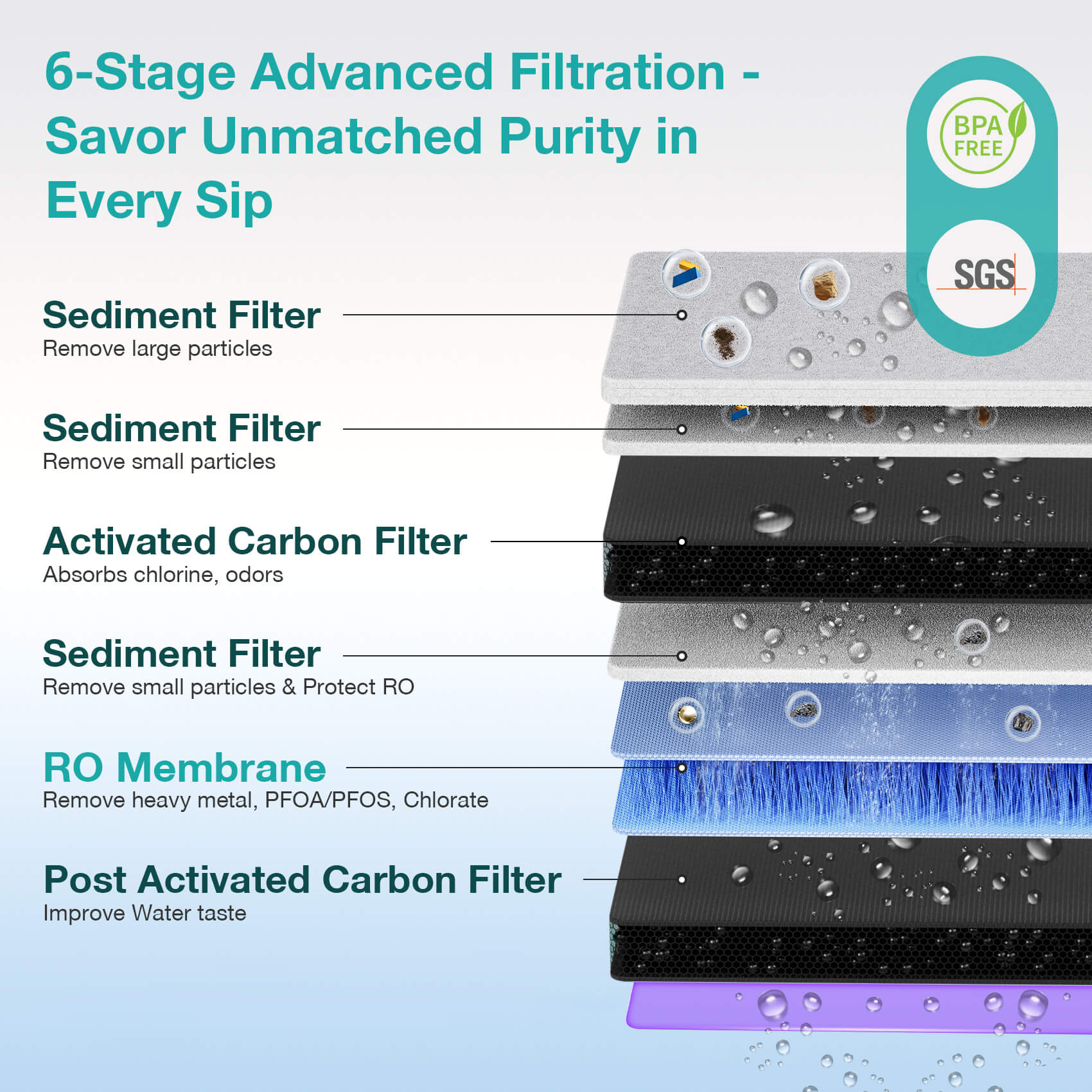Ever seen “GPM” in a water filter or faucet specification and wondered what it actually means? GPM is a simple but important flow rate measurement that tells you how much water moves through a system in one minute.
In this guide, you’ll learn:
- What GPM means
- How to interpret GPM values in daily use
- Why GPM matters for water filters
- How to calculate and convert GPM from other units
What Does GPM Stand For?
GPM, or Gallons Per Minute(GMP full form), serves as a vital metric in quantifying fluid flow rates. It defines the volume of liquid passing through a system in a minute.
In water systems and filters, GPM is a key performance indicator, indicating the efficiency of flow. Essentially, it measures the rate at which gallons of liquid move through a designated point, playing a crucial role in assessing and optimizing the functionality of fluid-based systems.

Applications & Formula of GPM
GPM is widely used to describe water flow in everyday household systems, including:
- Kitchen and bathroom faucets
- Showers
- Water filters and dispensers
- Dishwashers and washing machines
- Water heaters and plumbing systems
For water filters, GPM indicates how much purified water can be dispensed per minute under normal operating conditions.
The basic formula for GPM is:
GPM = Total gallons ÷ Time (in minutes)
This formula allows users and engineers to measure and compare water flow rates across different systems.
Why GPM Matters in Water Filters
Having grasped the basics of GPM and its fundamental formula, let's explore why this metric holds paramount importance in water filters. Understanding how GPM impacts filtration efficiency is the key to making informed decisions about selecting the right filter for your specific needs.
1. Filtration performance
Flow rate affects how long water stays in contact with the filter media. If the GPM is too high for a filter’s design, filtration effectiveness may decrease. Proper GPM ensures balanced flow and consistent filtration performance.
2. System compatibility
Every water filter is designed for a specific flow range. Matching the filter’s rated GPM with your actual water usage helps prevent pressure issues, reduced output, or unnecessary wear.
3. User experience
GPM directly affects how fast you can get filtered water. A system with an appropriate GPM delivers water efficiently without long waiting times or pressure drops.
Typical GPM Ranges and Daily Uses
Check the below to ensure you know what is a good GPM:
Bonus: How to Calculate GPM (with Example)
As we have told you the fundamental GPM calculation formula, is expressed as GPM = Flow (in gallons) / Time (in minutes). To illustrate this calculation in a real-world scenario, we will take our own best-selling product SimPure Y7P, which rapid dispense flow rate of 418 gallons per day (GPD)[If you also don't know well about GPD, learn more in this blog: What Is GPD in Water Filter?]. Here we will calculate gpd to gpm:
To convert the daily flow rate from GPD (Gallons Per Day) to GPM (Gallons Per Minute), you can use the following formula:
GPM = GPD ÷ 1440
For the SimPure Y7P with a rapid dispense flow rate of 418 GPD:
GPM = 418 ÷ 1440 ≈ 0.29
So, the SimPure Y7P has an approximate dispense flow rate of 0.29 GPM. This means that every minute, the water filter can dispense around 0.29 gallons of purified water, showcasing its rapid and efficient performance.
Click the picture below, and you will get to its detailed product page!
Common Flow Rate & Unit Conversions
- GPD to GPM:
GPM = GPD ÷ 1440 - GPH to GPM:
GPM = GPH ÷ 60 - LPM to GPM:
GPM = LPM × 0.264 - PSI to GPM: Depends on pipe size, system design, and flow coefficients
So How to Choose a Water Filter Based on GPM?
When choosing a water filter, consider the following points to match your water usage and GPM needs:
1. Check your daily water consumption and number of fixtures
2. Choose a system with GPD/GPM suitable for your usage (countertop vs. under-sink vs. whole-house)
3. Consider filtration performance—too high GPM may reduce contact time
4. Think about installation convenience (countertop, tankless under-sink, or with storage tank)
5. Consider additional features like remineralization if you prefer mineral-balanced water
SimPure Best Picks:

• Fast flow: 300 GPD (~0.21 GPM), ideal for countertops
• Remineralization for balanced pH and minerals
• No plumbing required, easy setup

• High flow: 600 GPD (~0.42 GPM), fast under-sink water supply
• Tankless design saves space and prevents contamination
• Easy DIY installation, auto flush, filter reminders
Top FAQs About GPM
1. What is a good GPM flow rate?
A good GPM depends on usage. For most homes, 2–4 GPM is sufficient for daily activities such as faucets and showers.
2. What is a good GPM for a well?
For residential wells, 5–10 GPM is generally considered adequate for typical household water demand.
3. What is a normal GPM for a house?
Most homes operate comfortably within 6–12 GPM, depending on the number of fixtures and simultaneous water usage.
4. What is a good GPM for a kitchen faucet?
A kitchen faucet typically performs well between 1.5 and 2.5 GPM, balancing usability and water efficiency.
Conclusion
In conclusion, understanding the meaning of GPM and how to calculate it empowers consumers to make informed choices when selecting home appliances like water filters. GPM, or Gallons Per Minute, is not just a technical metric; it's a key factor in ensuring optimal performance, which enables users to navigate specifications, grasp filtration efficiency, and confidently choose appliances that align with their specific water flow requirements, enhancing the effectiveness of home water systems and appliances.

